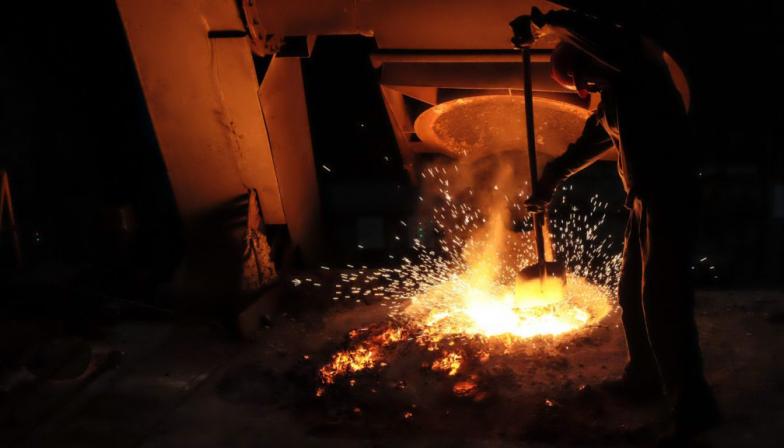The price of iron ore rebounded on Tuesday after China pledged more support to help revive an economy that is under threat as the virus outbreak escalates.
Northern China's 62% iron fines imported into northern China rose 1.3% to $138.32 a tonne as China's central bank pledged more monetary support to the real economy, especially for industries and small businesses hit hard by the pandemic, according to the statement. Tuesday.
This follows a decision by the People's Bank of China on Monday to cut the amount of money banks must hold in reserve for their foreign currency holdings in a bid to help limit the yuan's fall.
On Monday, the price of the metal fell nearly 9% on fears that a fast-spreading omicron strain of the Covid-19 virus has gained a foothold in Beijing.
“Policy could be the bailout for iron ore and base metal demand in China this year,” Vivek Dhar, commodities analyst at Commonwealth Bank of Australia, wrote in a note.
“Politicians are looking forward to a soft landing that will help stabilize demand for commodities in the real estate sector,” while infrastructure investment in the country is also expected to pick up significantly this year, he added.
Chinese Premier Li Keqiang said at a State Council meeting on Monday that the country should monitor the economic impact of domestic and foreign factors, which exceeded expectations, and that policy measures should be taken in the first half of the year to stabilize prices and economic fundamentals.
Benchmark iron ore futures on the Dalian Commodity Exchange for September delivery fell 2.5% to 809 yuan a tonne, extending losses into the third session.
In a Friday note, Capital Economics said it expects infrastructure stimulus to "simply provide a price floor as the government appears poised to allow slower growth in 2022."
The China Steel Industry Association said on Monday that the country's apparent steel consumption fell 9.5% year-on-year in the first quarter, but forecast a recovery in demand in the second half of the year.



